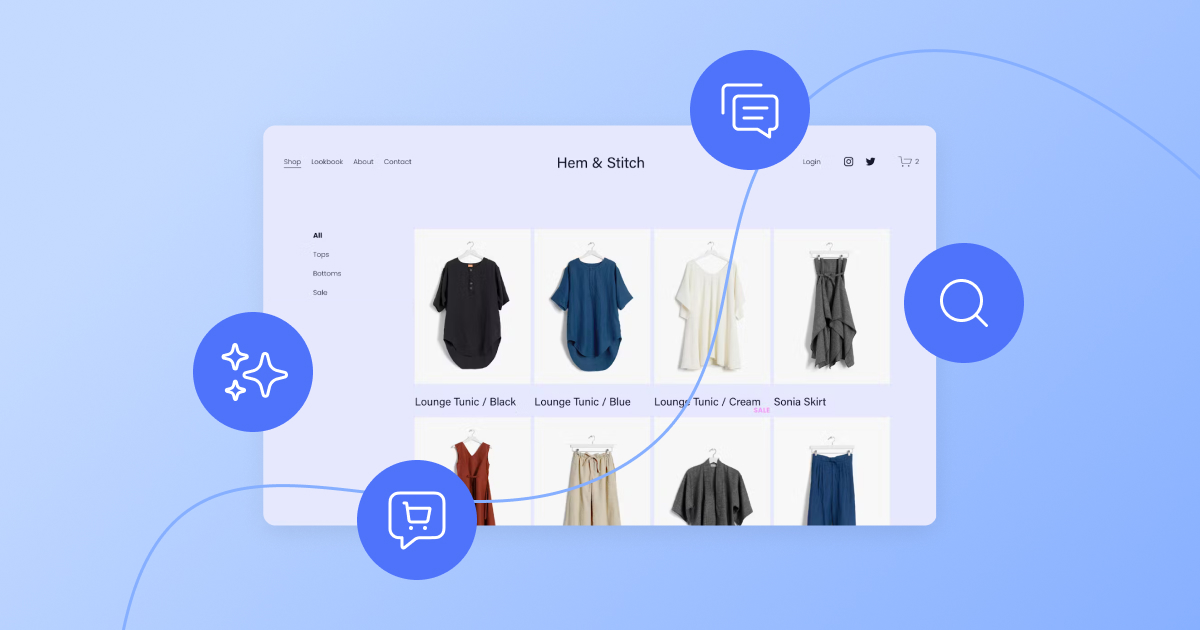When is it safe for a company to let up on the gas when it comes to improving customer experience? This is a question we hear a lot at Delighted. Should you continue to invest in customer experience if your customers are satisfied with the current experience? It’s common for a company to create a unique experience, gain early traction in their market, then shift their energy from improving that experience, to scaling and driving efficiencies. After all, why invest in increasing the quality of your customer experience if your Net Promoter Score is already 10 points higher than your competition?
While it’s important to know where you stand against your competition we caution against letting competitors define your investment in customer experience. It’s always better to benchmark against yourself, and continuously take advantage of opportunities to increase the quality of your customer experience. Put another way, you should be focused on improving your experience to protect against future competitors that may not exist yet, but will almost certainly crop up in the future.
There is always an appetite for a better experience – be it a service experience, a quality experience, or a product experience. Because of this, the best experiences today will be table stakes tomorrow. Once a level of customer experience becomes the norm, people will look for newer, higher quality experiences. And the most discerning customers – those willing to pay a premium for a better experience – are the first to seek greener pastures.
This opens the door for competition.
This is the critical junction – when an experience begins to reach normalcy and stagnate – where new players enter an industry. They’ll peel off early adopters, leaving customers who are less willing to pay for differentiated experiences. The incumbent is forced to adjust to their new reality of lower revenues and profits, by cutting costs and corners. This further widens the gap between the old experience and the new, more desirable one.
Coffee shops are a great example of this phenomenon. Starbucks realized there was an opportunity to create a much better experience around the daily ritual of coffee. They created an experience that recreated the atmosphere and sophisticated drink selections of Italian cafes. They were able to steal the most valuable segment of the coffee drinking market, by providing a experience people were eager to pay a premium for. But over time, as Starbucks grew more and more ubiquitous, their core coffee experience stagnated. As a result, the same early adopters of the Starbucks experience were ready for something new.
Enter the artisanal roasters/shops.
Companies like Blue Bottle, Stumptown, and many others, have picked up where Starbucks left off. They’ve begun to court the discerning coffee drinkers for whom Starbucks is no longer appealing, by offering an even better atmosphere, more skilled baristas, and higher quality coffee – often using ultra fresh beans roasted in-house. For instance, Blue Bottle has invested heavily in the quality of their coffee, and never sells beans (brewed or bagged) that are older than 2 days from the roast date.
Another example industry is fast food. In a market dominated by McDonalds, Burger King, and Taco Bell, companies like Chipotle, Sweetgreen, Lyfe Kitchen, and others, have recognized an opportunity for something better than traditional fast food, but less formal than traditional “sit down” restaurants. They’ve begun to chip away at fast food restaurants’ market share by attracting customers who want higher quality food, a more welcoming atmosphere, and healthier menu choices – and they’re willing to pay for it.
The car industry in the United States changed dramatically during the 1980’s. Japanese competitors Honda and Toyota began to gain market share in an environment where customers were looking for higher quality vehicles (not to mention smaller and less expensive) – the sort of vehicles that GM, Ford, and Chrysler were ill equipped to produce. U.S. automakers were slow to respond and consequently lost market share year after year. The U.S. automakers went from nearly 80% market share in the late 1970’s to 45% market share by 2010. Honda and Toyota raised the bar for quality to such a degree that they were able to leverage their early success in small cars to larger cars and SUVs over time – the most profitable and highest volume segments of the market.
The appetite for better experiences is insatiable. There are always customers who will pay for a better experience. It’s this constant search for the best that provides a foothold for new companies to exist and grow. By definition, new companies exist because they provide an experience that their customers can’t get elsewhere. When deciding when your experience is “good enough” it’s important to remember that to stay relevant over the long term, you’ll need to invest in improving your experience.
The best coffee cart coffee in 1970 is nothing like the pour over you can get at Blue Bottle today. The cheeseburger from McDonalds in 2000 hasn’t improved much at all, yet tastes have become more sophisticated. And the best selling Ford in 1980 would be a complete flop if released today. Customers will always demand better experiences, and they will find the companies that can provide them. To stay relevant focus on continually improving your own experience so customers continue to choose you in their quest for the best.







